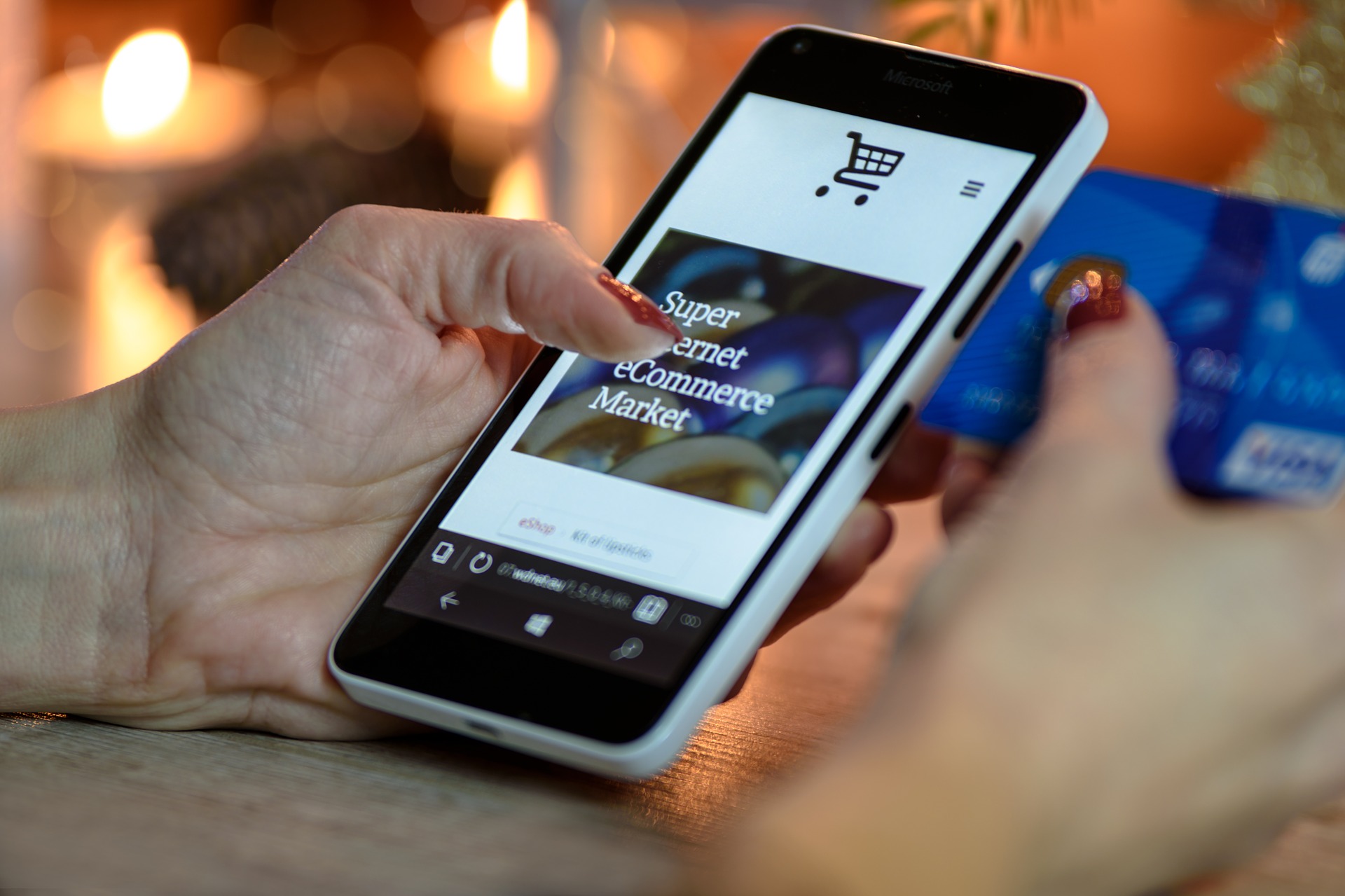
ADPR’s guide to bossing your retail PR campaign
PR is a highly cost effective way to promote your retail business. It helps form the way your customers, influencers and other brands perceive your company. PR is about getting your key messages out to your target audience, shaping your reputation in the “earned” media space.
The biggest benefit of PR over other forms of marketing are that because of its “earned” (rather than paid-for) status, it gives your retail business instant third party credibility – and research shows that customers are at least 2.5 times more likely to read an editorial than an advert, making it a really hard working medium for your retail company.
Elements of a highly effective retail PR strategy

With the retail industry facing huge changes in recent years, as consumers increasingly switch their shopping habits from spending in bricks-and-mortar stores to online, having a highly effective retail PR strategy that sets your retail company apart from the crowd has never been more important.
Using our decades of experience in promoting retail companies, we have drilled down four key elements every high performing retail PR strategy has:
1) An engaging brand narrative
2) Awesome print and click worthy content
3) Meaningful relationships with the right influencers
4) Impeccable timing
Read on to find out how you can ensure your next retail PR campaign ticks these four boxes too…
1) Creating an engaging brand narrative

It is vital to differentiate your brand or your business and creating an engaging brand narrative is a highly effective way to do this. It is about more than just standing out and being noticed, however. It’s about building a retail company that your customers actually care about and want to buy into. Retail giants like Starbucks and Apple are built on so much more than just their products and so your product or retail offering should only be one part of your overall brand story.
Susan Gunelius in her Forbes article says it the best:
“Brand stories are not marketing materials. They are not ads, and they are not sales pitches. Brand stories should be told with the brand persona and the writer’s personality at centre stage. Boring stories won’t attract and retain readers, but stories brimming with personality can. At its essence, a story isn’t really about your company. Your company is the construct, but the goal of the story is to create a connection with your customers.”
So step one of your awesome retail PR campaign is to tell your story in such a way that it tells your customers, “We relate to you, we understand you, we are like you.” Your brand narrative will act as the framework for your retail business’s life, it’s your raison d’être, it’s what you stand for, it’s how you came to be and it’s where you’re going.
2) Creating and placing print and click worthy content

Crucially, to create truly print and click worthy content, your “news” must be newsworthy! This means it needs to be about more than just your retail company. Put yourself in the shoes of a reporter and create a news angle that is about the benefit to your target audience and has some sort of news hook to entice the journalist to use the story now. A news hook could be an event, a special day, a piece of research or you could even piggy-back on a current topical issue. Stories that showcase something new or novel that an audience genuinely needs to know about are usually newsworthy and stories with a human interest angle are often deemed worthy of coverage too, as anything that speaks to an audiences’ emotions can be attractive to journalists.
Usually news for media use gets put into a press release format and there are a variety of helpful guides available to help you write and shape your piece so that it’s easy for journalists to use. Once you’ve crafted your newsworthy story, you now need to think about targeting. Identify the individual writers, reporters, editors, bloggers, and other influencers who could communicate your story to your target audience. Be realistic and be relevant. Although you may want coverage in a national newspaper like The Times, if your story is about a retail store launch in Peterborough, you’d be better off approaching a journalist from the Peterborough Telegraph instead! Remember that relevancy is the most critical aspect of securing coverage for your retail brand.
It takes time, but it also pays dividends, to make sure you research the right and most relevant – there’s that word again! – contact for your particular story. Send a short, pithy pitch email with your news that tells them why they should cover your story – what’s in it for them? Why does your story deserve their time, attention, and effort to share it? You must answer why they should care. At ADPR all our news releases go through the tough, but essential, “who cares” test!
Sadly your story won’t sell itself, so proactively reach out to your influencers, knowing that you have a cracking newsworthy story that is completely relevant to their publication!
Although news releases are still the most common form of issuing news to media (despite some commentators in recent years saying the news release is dead!), there are a whole host of different ways to ensure PR coverage for your retail brand. These include securing by-lined thought-leadership style features, being interviewed by a publication, securing a speaking slot at an event, offering expert comment or through providing product for reviews.
3) Developing meaningful relationships

This is arguably the most important piece in the successful PR puzzle. As a retail company it is critical that you develop genuine relationships with the media and influencers you want to work with.
Influencers and journalists are incredibly busy people, with many publications operating with extremely limited resources. This presents both an opportunity and a challenge. On the one hand, now – more than ever – they need great, relevant content that is packaged up professionally and is ready to use. However, with so much content available to them and with limited time and resources, it is becoming increasingly hard to get coverage for brands that don’t have those existing relationships as the publication will prefer to use content from a known and trusted source.
If you can establish a level of rapport with your target press, they will be far more likely to respond to you and want to work with you to communicate your retail story. Relationship building at this deep level takes time and it means starting the groundwork a long time before your first pitch! The first job is to identify your influencers, then you need to connect with them on Twitter and read their publication. You should really get to know what they write about, how they feel about things and start to comment when appropriate.
Send them a friendly email introducing yourself, preferably with something that can help them out – have they put out a request for comments or sources? Respond and offer to provide a quote for their piece or answer any questions they might have about the topic. Over time, as you become more and more useful, you will be in a much stronger position to pitch relevant stories about your retail brand.
4) Its all in the timing

Timing is everything in PR – it can make the difference between getting your story covered in ten different publications or just securing one small piece hidden in a newspaper! Consider a journalist’s deadline and ensure you send the release before to allow them plenty of time to include it. For example if you’re sending a media release to a glossy consumer magazine their deadline is usually three months in advance! This means you need to either send them the release in advance or have a topic that is still going to be relevant three months later. This is where having a plan will really help you as it will prompt you in July to send out your Christmas news! Similarly, if you are targeting local media, know when their print deadlines are and get the info to them in plenty of time. For example, a weekly newspaper that is published on a Thursday will more than likely be sent to print Tuesday night, so it’s important you get your news to them by Tuesday lunchtime at the absolute latest.
If your news is urgent then release it straight away. For example if you are launching a new product you need to send the release as soon as the product is launched (but ideally before through an embargo). If you wait too long your story will be old news and may not be covered. However, if this has happened, you could get a second chance at a story by offering something newsworthy with the piece – a new case study for example, or hang the story on some newly released statistics.
If you story isn’t urgent then you can strategically pick the best time to issue it. If you know there is going to be a huge news story on a particular day then hold off sending the release until it’s over. It’s not worth competing with any really big news story such as a general election or referendum as there just won’t be space in the news for your story! If you are after broadcast coverage (TV or radio) then a different sort of approach is required, as you need to factor in time for the camera crews to get relevant footage. It’s also worth considering that if the media release is for an online publication then it could appear immediately!
So there you have it, the four key elements needed to make your retail PR campaign a success. You can see a case study for a recent retail PR campaign we ran for Clarks Village, or simply read more on the PR agency services we offer. Best of luck and if you’d like to talk to the retail PR experts at ADPR, please contact Sophie@adpr.co.uk
